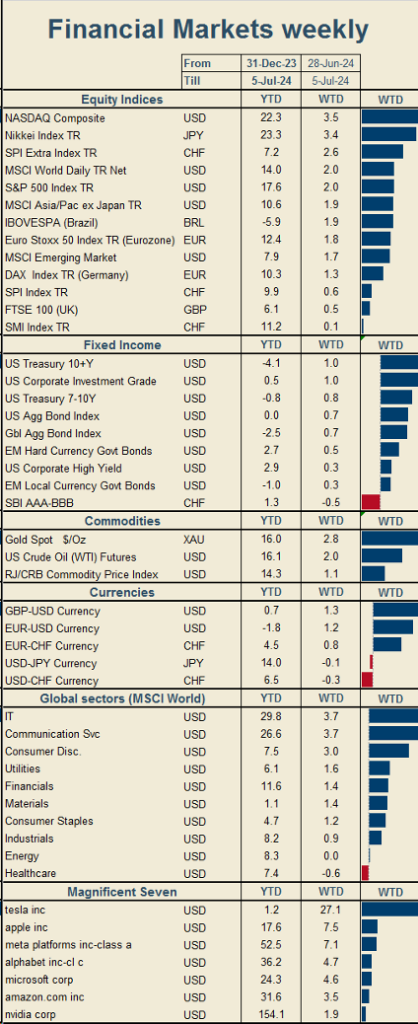A hurricane1 is a type of tropical cyclone that forms over tropical or subtropical waters. Tropical cyclones are rotating low-pressure systems characterized by organized thunderstorms and the absence of fronts, which are boundaries between different air masses. When the maximum sustained surface winds of a tropical cyclone are below 39 miles per hour (mph), it is classified as a tropical depression. Hurricanes with winds of 39 mph or higher are referred to as tropical storms. When winds reach 74 mph, a tropical storm is called a hurricane. The Saffir-Simpson Hurricane Wind Scale, which ranges from Category 1 to 5, rates hurricanes based on their maximum sustained winds, with higher categories indicating a greater potential for property damage. Hurricanes typically form in the Atlantic basin, which includes the Atlantic Ocean, the Caribbean Sea, the Gulf of Mexico, the eastern North Pacific and occasionally the central North Pacific. These storms are identified by a six-year rotating list of names maintained by the World Meteorological Organization. This week, Hurricane Beryl, the earliest Category 5 hurricane on record, caused significant damage in its path before making landfall in Texas.
The hurricane season extends from June 1 to November 30, although hurricanes can and have occurred outside of this period. Flooding caused by catastrophic rainfall and storm surges accounts for around 60% of total hurricane losses, while wind damage also contributes significantly. Beyond the human impact, hurricanes affect various asset classes. For example, Hurricane Katrina disrupted up to 19% of US oil production and 24% of natural gas supply, damaged 20 offshore drilling rigs and halted production at refineries in Louisiana. This led to a national spike in gasoline prices, which exceeded $3 per gallon for the first time.
Extreme weather events such as hurricanes create significant uncertainty for companies, affecting their capital, operations and environment, which is reflected in the financial markets through increased volatility in equity and option prices. Initially, investors often underreact to the impact of hurricanes, leading to mispricing and potential abrupt price corrections. This underreaction was particularly pronounced prior to Hurricane Sandy in 2012, but has since diminished, indicating improved market efficiency. Hurricanes disrupt businesses through physical damage, business interruption and supply chain issues, but can also create opportunities for some companies. The complexity and unpredictability of these impacts lead to prolonged uncertainty for investors that lasts for months after landfall.
Despite improvements, the historical underreaction to extreme weather risks continues to highlight existing market inefficiencies. Another study shows that stocks negatively affected by economy-wide losses from hurricanes have a risk premium of over nine percent per year compared to those that react positively. The hurricane risk premium is particularly high for larger companies, those located in historically hurricane-exposed states, and companies in construction, manufacturing, services, finance, insurance and real estate. Industries that can see their profits positively impacted by extreme events include companies associated with home repair, roof repair and construction. These industries typically outperform during such weather events, especially for companies with exposure to countries or regions affected by the weather pattern. And no… we’re not referring to political hurricanes that are about to make landfall.

The record for the costliest tropical cyclone in the Atlantic is jointly held by Hurricanes Katrina (2005) and Harvey (2017), both of which caused around 125 billion dollars in property damage during the year of their occurrence. These storms are also the costliest tropical cyclones on record worldwide. The hurricane seasons of these two storms, the Atlantic hurricane seasons of 2005 and 2017, are also the two costliest hurricane seasons on record. Due to their enormous damage, the names of tropical cyclones that cause at least $1 billion in damage are usually removed from circulation by the World Meteorological Organization, although this is not always the case.

A combination of advanced technology, sophisticated modeling techniques and human expertise enables accurate predictions of hurricane paths, which helps to mitigate the impact through timely warnings and preparations. Investors typically pay close attention to the Gulf of Mexico, where many oil rigs are located and have a major impact on oil prices, as well as whether the hurricane will hit major cities in its path.

.
Disclaimer: This document has been prepared by Lakefield Wealth Management AG with care and to the best of its knowledge and belief. However, Lakefield Wealth Management AG assumes no responsibility for the accuracy and completeness of the content and disclaims any liability for losses that may arise from the use of this information. The information presented here is for information purposes only and is intended solely for the intended recipient. Reproduction, redistribution or republication of this document for any purpose is strictly prohibited without the prior written permission of Lakefield Wealth Management AG. The content of this document should not be interpreted as a solicitation or offer to buy or sell securities, related financial instruments or to engage in any other transactions. It should be noted that the information in this document is not intended as investment, legal or tax advice. This document is not directed at US persons (as defined in Regulation S under the US Securities Act of 1933, as amended) or any person in any jurisdiction where access to or publication of this document is prohibited by reason of that person’s nationality, residence or otherwise. Access to this document is prohibited for persons subject to local restrictions. Every investment involves inherent risks, particularly with regard to fluctuations in value and returns. Investments in foreign currencies entail additional risks, as the foreign currency may depreciate against the investor’s reference currency. Historical returns should be understood as indicative and do not guarantee future performance. Furthermore, there is no guarantee that the performance of the reference index or benchmark will be matched or exceeded. Furthermore, the information provided herein does not take into account the specific or future
Source: Bloomberg, Lakefield Wealth Management AG, © 2024